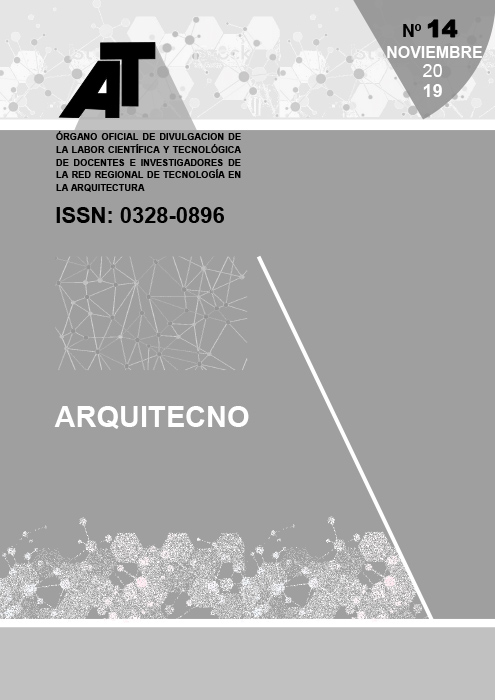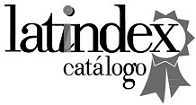LIFE CYCLE. ASSESSMENT OF CONSTRUCTION MATERIALS IN THE SOCIAL HOUSING OF ARID-SEISMIC ZONES
DOI:
https://doi.org/10.30972/arq.0144147Keywords:
Carbon Dioxide Emissions, Social Habitat, Multiobjective Matrix, Rationalized Building SystemsAbstract
This article analyzes the characteristic materials of the rationalized construction systems typical of aridseismic zones in relation to the carbon dioxide emissions associated with them during their production, use and final disposal. For this, a multiobjective optimization matrix (MOM) is built that facilitates the early estimation, throughout its life cycle, of the CO2 emissions associated with the materialization and location of social housing in the arid-seismic zone. Its development involves the determination of the climate change indicator of each of the construction components, as well as the total incorporated energy and their thermal transmittance. With these values, the weighting of each of the construction components considered is made, based on the use of the hierarchical analytical process. In relation to the different case studies analyzed, it is concluded that the criteria that support the materialization of social housing disregard environmental parameters and hygrothermal comfort. So, the tool developed allows the users of these homes to be empowered, so that they can exercise their right to decent housing and a healthy, balanced and fit environment for human development.Downloads
Published
2019-11-27
How to Cite
Alvarez, A., & Ripoll Meyer, V. (2019). LIFE CYCLE. ASSESSMENT OF CONSTRUCTION MATERIALS IN THE SOCIAL HOUSING OF ARID-SEISMIC ZONES. Arquitecno, (14), 24–32. https://doi.org/10.30972/arq.0144147
Issue
Section
Trabajos seleccionados CRETA XI: Investigación
License
Los autores ceden a Arquitecno los derechos de publicación de sus trabajos, toda vez que hayan sido admitidos como parte de alguno de sus números. Ellos, no obstante, retienen los derechos de propiedad intelectual y responsabilidad ética así como la posibilidad de dar difusión propia por los medios que consideren.





52.jpg)
